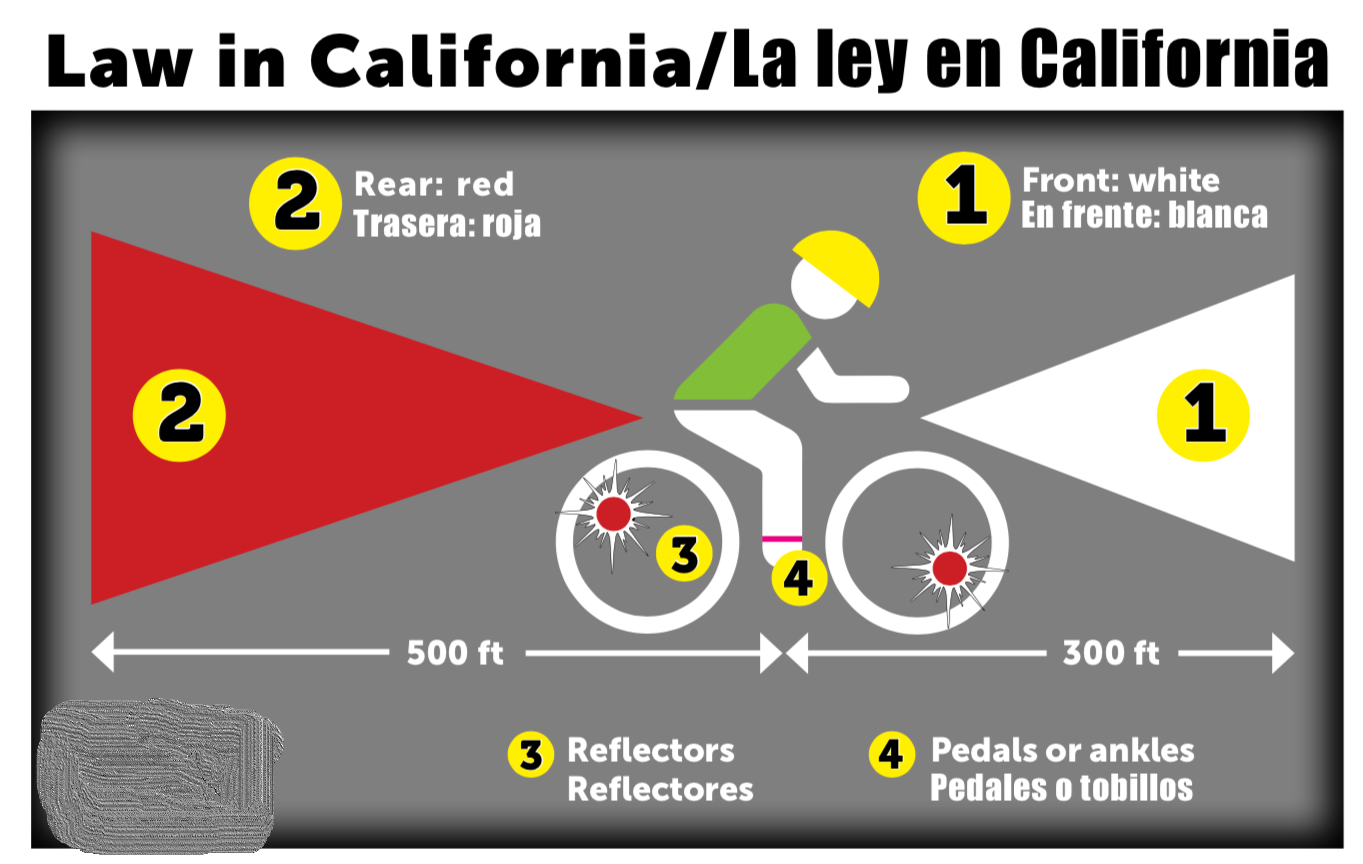Are gas powered bicycles legal in California
- California Motorized Scooter Laws
- California Moped Laws
- California Motorized Bicycle Laws
- Other Motorized Vehicles
- Do You Need Insurance for a Moped or Scooter in California?
California Motorized Scooter Laws
In California, a motorized scooter, also referred to as an electric scooter, is defined as having:
- Two wheels
- Handlebars
- A floorboard that can be stood on while riding the scooter
- A motor that powers the vehicle
While a motorized scooter can have a driver’s seat, this isn’t a defining feature of a scooter under California law.
You can operate a scooter with any class of driver’s license in California; you don’t need a license specific to scooters, but you still do need to have a driver’s license. And while motorized scooters are street-legal vehicles, they do not need to be registered with the DMV or carry license plates.
While on the road, motorized scooter riders need to obey the same traffic and safety laws as any other vehicle. However, there are also some scooter-specific restrictions in California:
- The driver needs to wear a U.S. Department of Transportation-compliant helmet at all times.
- Scooters can’t be ridden on roads with a speed limit greater than 25 miles per hour, unless there is a bike lane, in which case the scooter can only be ridden within it.
- As with other vehicles, motorized scooters should not be operated on sidewalks.
- There cannot be a passenger on scooters, just the driver.
- Motorized scooters shouldn’t be driven faster than 15 miles per hour on the road.
These regulations apply to standard motorized scooters. Mobility scooters, on the other hand, can be driven at up to 30 miles per hour on the road. However, this law only applies to mobility scooters operated by seniors or those with a physical disability.
California Mopeds Laws
A moped in California is a vehicle with the following characteristics:
- Two or three wheels. If your vehicle has four wheels, it will generally be considered a car or off-road vehicle.
- An electric motor and automatic transmission. A moped may also include pedals, if it’s not entirely propelled by its motor.
- The moped isn’t capable of being driven faster than 30 miles per hour on level ground.
Note, if your vehicle is referred to as a “moped,” but it doesn’t go faster than 20 miles per hour, it will likely be considered a motorized bicycle. A “noped” may qualify under different categories depending upon its maximum speed, so you should confirm potential requirements with the DMV if you’re unsure, before operating one on the road.
In order to drive a moped, you need to first have a motorcycle license, either M1 or M2, which should be carried while riding on public roads. You also need to register your moped with the DMV and obtain a license plate for it. Once you’ve registered your moped, there’s no annual renewal, this is a one-time process. When you register your moped, you’ll also receive a moped ID card, or registration card, which acts as your proof of ownership. You should also carry your moped ID card at all times when operating the moped.
Moped riders also need to wear an approved safety helmet when riding on public roads.
California Electric & Motorized Bicycle Laws
Motorized bikes, also called electric bikes, are similar to mopeds but are distinct in how they’re treated by California law. A motorized bicycle is defined by having pedals, an electric motor with fewer than 1,000 watts and a maximum speed of 20 miles per hour or less on level ground.
Electric bicycles are street-legal in California, but you don’t need a license or registration in order to operate one on the road. However, you must be at least 16 years old and wear a DOT-approved safety helmet. In addition, motorized bikes can only be ridden by one person at a time—you can’t carry passengers.
Other Motorized Vehicles
There are a few additional classes of motorized vehicles, some of which are street-legal in California.
Orignal Source: https://www.pathwaypartners.org/

